AO Edited
Okanogan Highland Ghost Towns
This former mining hub holds a surprising abundance of undisturbed relics from the Old West.
Scattered on the desolate plateaus of the Okanogan Highlands, a few miles south of the Canadian border, stand the quietly decomposing relics of pioneer homesteads. A handful of gold rush townsites persist as durable monuments from a bygone era of boom then bust mineral exploration that brought intrepid Chinese miners and later white settlers to this corner of the Old West.
Frontier towns like Bodie, Chesaw, and Molson briefly thrived during the late Victorian era when gold was discovered in the rivers and creeks between the Pasayten Wilderness and the Selkirk Mountains. Mineral fever brought an enthusiastic and short-lived prosperity to the rugged Okanogan, but like so many other small towns on the edge of nothing, once the veins tapped out or became too expensive to extract, the communities dried up.
Today what remains of these sites survive in quintessential ghost town form. From the agricultural hamlets of Tonasket and Oroville, lonely mountain roads climb several thousand feet into the Okanogan Highlands, transporting travelers into a time capsule of the Old West in slow decay. As the terrain levels out, old prospector cabins and abandoned mining equipment dot the landscape. On the cliff walls high above the old roadways, Native American petroglyphs quietly survey the landscape as they have for hundreds of years.
The townsite of Molson, named after the Canadian brewing magnates who were early investors in the region still showcases its sturdy, stonework school house standing proudly in addition to the wood-planked Molson State Bank, which has managed to keep its original safe securely inside all these years. Nearly a dozen other wooden buildings in various condition remain scattered among the grassy landscape surrounding this former frontier mecca that boasted a population of 300 in 1899.
Further to the southeast at the mouth of a small creek lie the skeletal remains of the Bodie townsite. In 1902, the Wrigley brothers invested some of their chewing gum fortune in a mill here, establishing a mining epicenter on the Okanogan Highlands. For several decades Bodie thrived, unlike many of its neighboring communities, which rarely lived to see both sides of a decade. Eventually the nearby veins ceased to yield quality ore, and by the 1940s the town fell quiet. Today you can park your car in the middle of Main Street and try to imagine how these ghostly buildings, barely existing on the edge of wilderness, were once the focus of heavyweight, industrial icons.
Know Before You Go
The Okanogan Highlands typically receive heavy snowfall in winter months, so accessing its primary highways and backroads is impractical without 4x4 or snowmobile. During the summer, intense wildfires can obscure visibility and diminish air quality, if not access altogether. Try to visit in the shoulder season and be sure to respect the historic artifacts.
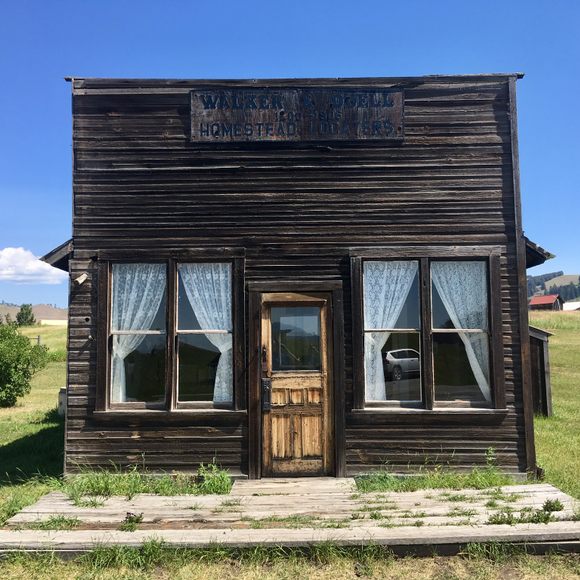

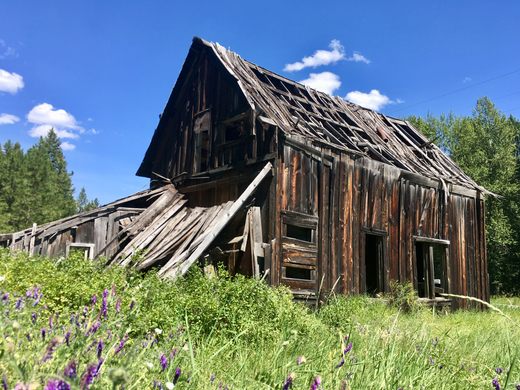

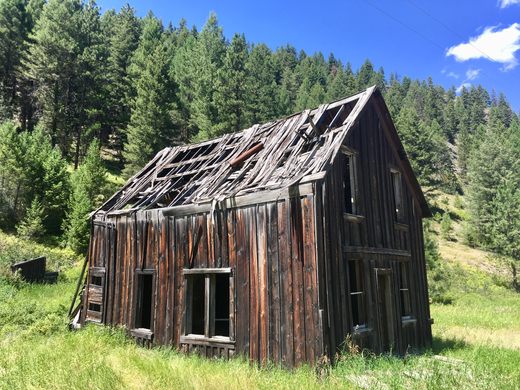
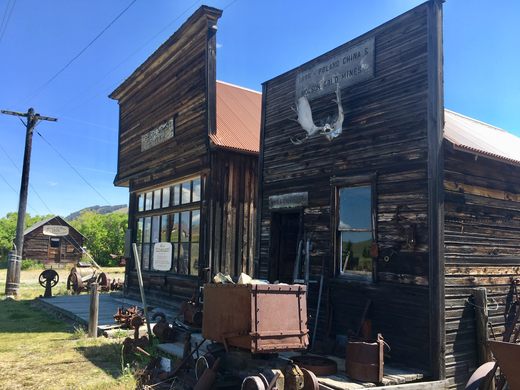
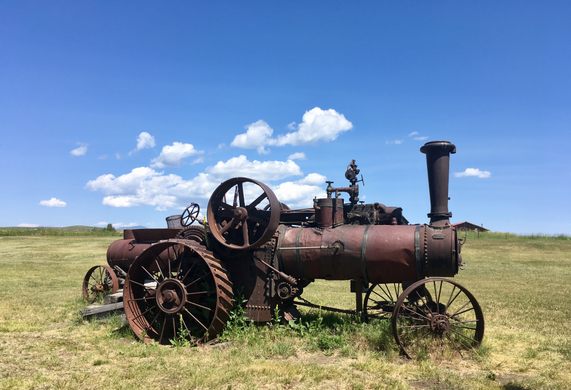
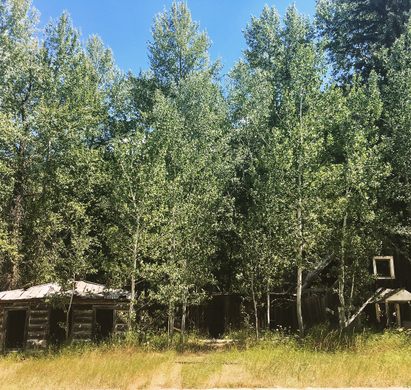
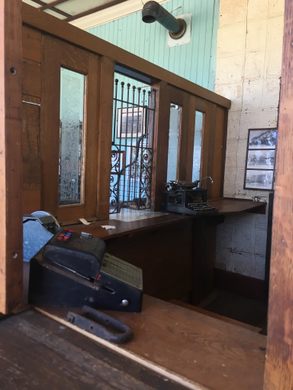





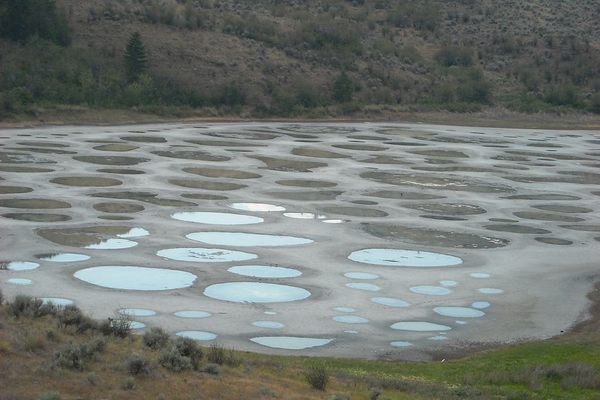
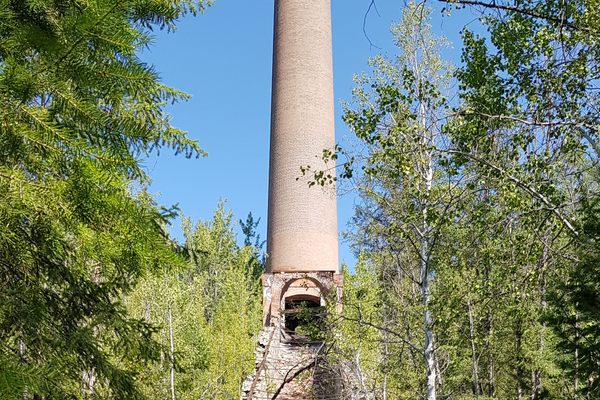

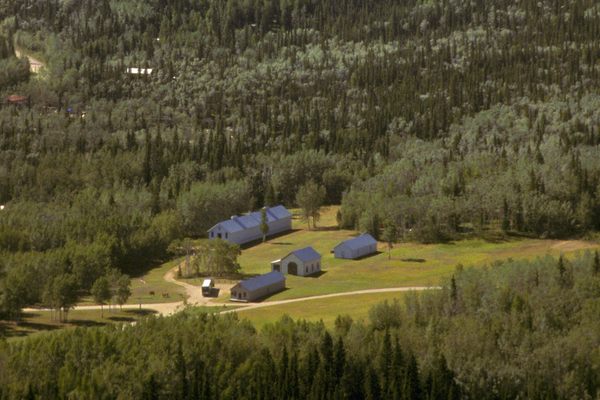
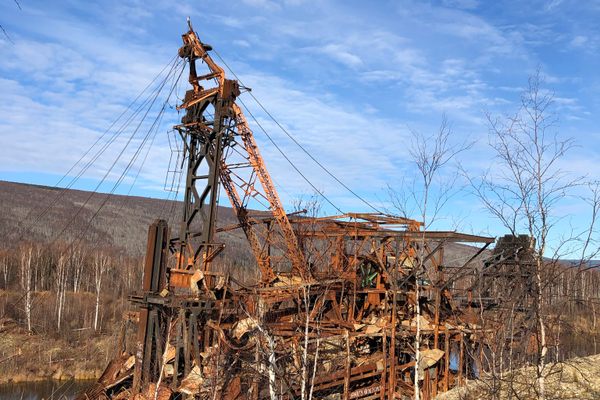


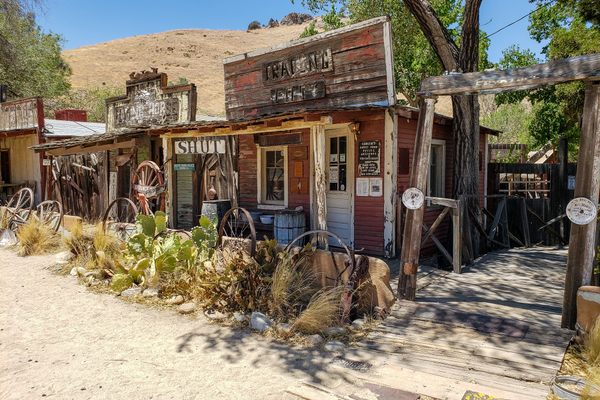

Follow us on Twitter to get the latest on the world's hidden wonders.
Like us on Facebook to get the latest on the world's hidden wonders.
Follow us on Twitter Like us on Facebook